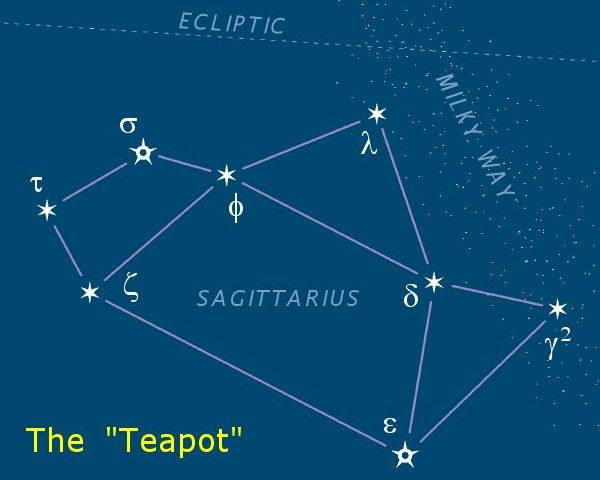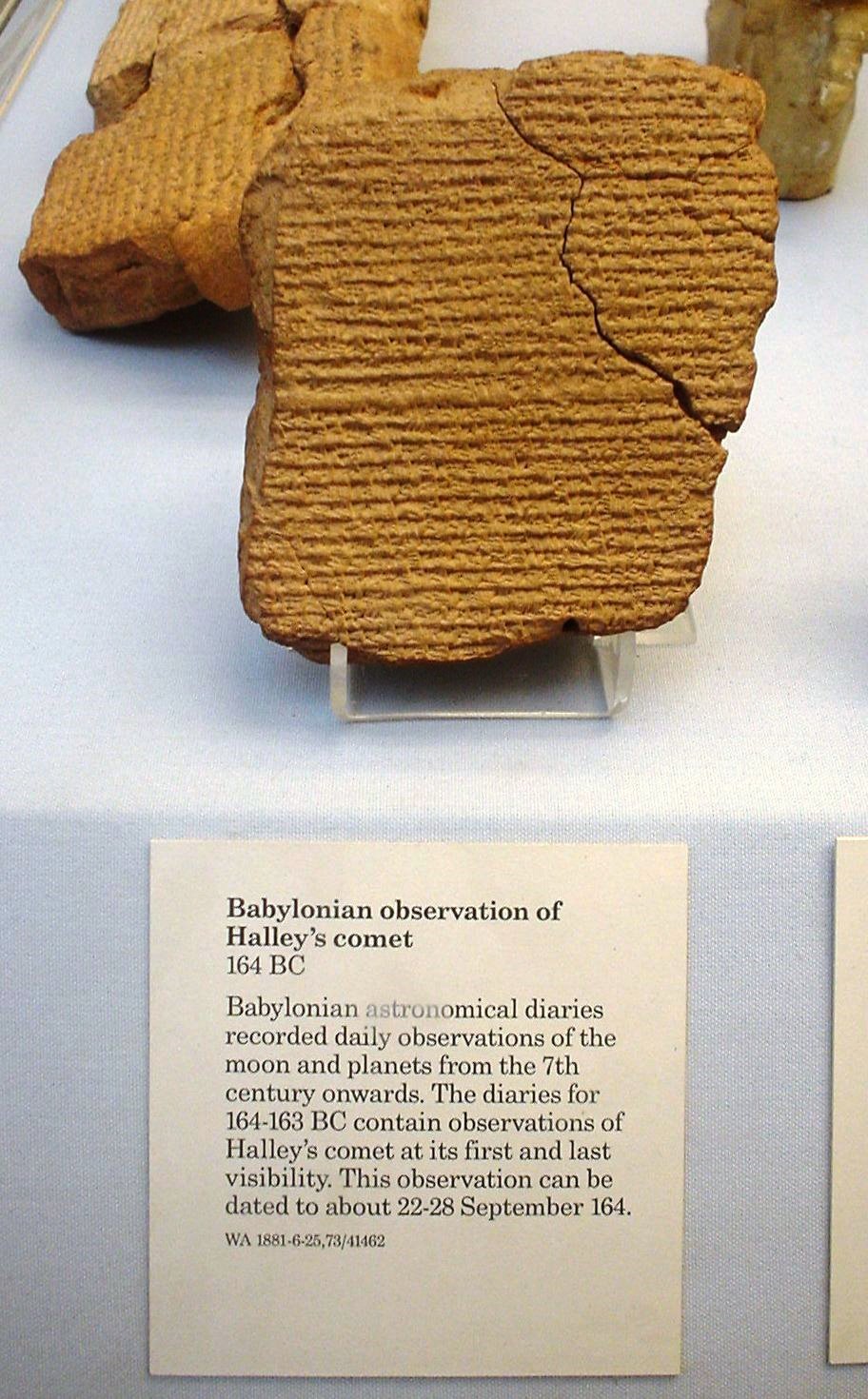|
NGC 6717
NGC 6717 (also known as Palomar 9) is a globular cluster in the constellation Sagittarius (constellation), Sagittarius, and is a member of the Palomar Globular Clusters group. Palomar 9 was discovered by William Herschel on August 7, 1784. It is located about 7,300 parsecs away from Earth. The globular cluster, which has an apparent magnitude of 9.28 and diameter of 9.9 arcminutes, is located just south of the star nu2 Sagittarii, ν2 Sagittarii. The bright star region on the north-eastern edge has the separate designation IC 4802. References External links * NGC 6717 Globular clusters Sagittarius (constellation) NGC objects, 6717 {{star-cluster-stub ... [...More Info...] [...Related Items...] OR: [Wikipedia] [Google] [Baidu] |
Hubble Space Telescope
The Hubble Space Telescope (often referred to as HST or Hubble) is a space telescope that was launched into low Earth orbit in 1990 and remains in operation. It was not the first space telescope, but it is one of the largest and most versatile, renowned both as a vital research tool and as a public relations boon for astronomy. The Hubble telescope is named after astronomer Edwin Hubble and is one of NASA's Great Observatories. The Space Telescope Science Institute (STScI) selects Hubble's targets and processes the resulting data, while the Goddard Space Flight Center (GSFC) controls the spacecraft. Hubble features a mirror, and its five main instruments observe in the ultraviolet, visible, and near-infrared regions of the electromagnetic spectrum. Hubble's orbit outside the distortion of Earth's atmosphere allows it to capture extremely high-resolution images with substantially lower background light than ground-based telescopes. It has recorded some of the most ... [...More Info...] [...Related Items...] OR: [Wikipedia] [Google] [Baidu] |
J2000
In astronomy, an epoch or reference epoch is a moment in time used as a reference point for some time-varying astronomical quantity. It is useful for the celestial coordinates or orbital elements of a celestial body, as they are subject to perturbations and vary with time. These time-varying astronomical quantities might include, for example, the mean longitude or mean anomaly of a body, the node of its orbit relative to a reference plane, the direction of the apogee or aphelion of its orbit, or the size of the major axis of its orbit. The main use of astronomical quantities specified in this way is to calculate other relevant parameters of motion, in order to predict future positions and velocities. The applied tools of the disciplines of celestial mechanics or its subfield orbital mechanics (for predicting orbital paths and positions for bodies in motion under the gravitational effects of other bodies) can be used to generate an ephemeris, a table of values giving the positions ... [...More Info...] [...Related Items...] OR: [Wikipedia] [Google] [Baidu] |
Sagittarius (constellation)
Sagittarius is one of the constellations of the zodiac and is located in the Southern celestial hemisphere. It is one of the 48 constellations listed by the 2nd-century astronomer Ptolemy and remains one of the 88 modern constellations. Its old astronomical symbol is (♐︎). Its name is Latin for " archer". Sagittarius is commonly represented as a centaur pulling back a bow. It lies between Scorpius and Ophiuchus to the west and Capricornus and Microscopium to the east. The center of the Milky Way lies in the westernmost part of Sagittarius (see Sagittarius A). Visualizations As seen from the northern hemisphere, the constellation's brighter stars form an easily recognizable asterism known as "the Teapot". The stars δ Sgr (Kaus Media), ε Sgr (Kaus Australis), ζ Sgr (Ascella), and φ Sgr form the body of the pot; λ Sgr (Kaus Borealis) is the point of the lid; γ2 Sgr (Alnasl) is the tip of the spout; and σ Sgr (Nunki) and τ Sgr the handle. These s ... [...More Info...] [...Related Items...] OR: [Wikipedia] [Google] [Baidu] |
New General Catalogue
The ''New General Catalogue of Nebulae and Clusters of Stars'' (abbreviated NGC) is an astronomical catalog, astronomical catalogue of deep-sky objects compiled by John Louis Emil Dreyer in 1888. The NGC contains 7,840 objects, including galaxy, galaxies, star clusters and emission nebulae. Dreyer published two supplements to the NGC in 1895 and 1908, known as the ''Index Catalogues'' (abbreviated IC), describing a further 5,386 astronomical objects. Thousands of these objects are best known by their NGC or IC numbers, which remain in widespread use. The NGC expanded and consolidated the cataloguing work of William Herschel, William and Caroline Herschel, and John Herschel's ''General Catalogue of Nebulae and Clusters of Stars''. Objects south of the Celestial sphere, celestial equator are catalogued somewhat less thoroughly, but many were included based on observation by John Herschel or James Dunlop. The NGC contained multiple errors, but attempts to eliminate them were made by ... [...More Info...] [...Related Items...] OR: [Wikipedia] [Google] [Baidu] |
Collinder Catalog
In astronomy, the Collinder catalogue is a catalogue of 471 open clusters by Swedish astronomer Per Collinder. It was published in 1931 as an appendix to Collinder's paper ''On structural properties of open galactic clusters and their spatial distribution''. Catalogue objects are denoted by ''Collinder'', e.g. "Collinder 399". Dated prefixes include as ''Col + catalogue number'', or ''Cr + catalogue number'', e.g. "Cr 399". Vital statistics * The catalogue contains 471 objects: 452 open clusters, 11 globular clusters, 6 asterisms, 1 stellar moving group, and 1 stellar association. * Objects are spread out across the entire celestial sphere. * Cr 8 is the northernmost Collinder object, located at a declination of +85º in the constellation Camelopardalis. * Cr 411 is the southernmost Collinder object, located at a declination of -79º in the constellation Octans. Collinder objects which are also Messier objects The Collinder Catalogue contains 29 objects which are part of the ... [...More Info...] [...Related Items...] OR: [Wikipedia] [Google] [Baidu] |
Globular Cluster
A globular cluster is a spheroidal conglomeration of stars. Globular clusters are bound together by gravity, with a higher concentration of stars towards their centers. They can contain anywhere from tens of thousands to many millions of member stars. Their name is derived from Latin (small sphere). Globular clusters are occasionally known simply as "globulars". Although one globular cluster, Omega Centauri, was observed in antiquity and long thought to be a star, recognition of the clusters' true nature came with the advent of telescopes in the 17th century. In early telescopic observations globular clusters appeared as fuzzy blobs, leading French astronomer Charles Messier to include many of them in his catalog of astronomical objects that he thought could be mistaken for comets. Using larger telescopes, 18th-century astronomers recognized that globular clusters are groups of many individual stars. Early in the 20th century the distribution of globular clusters in the sk ... [...More Info...] [...Related Items...] OR: [Wikipedia] [Google] [Baidu] |
Constellation
A constellation is an area on the celestial sphere in which a group of visible stars forms a perceived pattern or outline, typically representing an animal, mythological subject, or inanimate object. The origins of the earliest constellations likely go back to prehistory. People used them to relate stories of their beliefs, experiences, creation, or mythology. Different cultures and countries adopted their own constellations, some of which lasted into the early 20th century before today's constellations were internationally recognized. The recognition of constellations has changed significantly over time. Many changed in size or shape. Some became popular, only to drop into obscurity. Some were limited to a single culture or nation. The 48 traditional Western constellations are Greek. They are given in Aratus' work ''Phenomena'' and Ptolemy's ''Almagest'', though their origin probably predates these works by several centuries. Constellations in the far southern sky were ... [...More Info...] [...Related Items...] OR: [Wikipedia] [Google] [Baidu] |
William Herschel
Frederick William Herschel (; german: Friedrich Wilhelm Herschel; 15 November 1738 – 25 August 1822) was a German-born British astronomer and composer. He frequently collaborated with his younger sister and fellow astronomer Caroline Herschel (1750–1848). Born in the Electorate of Hanover, William Herschel followed his father into the military band of Hanover, before emigrating to Great Britain in 1757 at the age of nineteen. Herschel constructed his first large telescope in 1774, after which he spent nine years carrying out sky surveys to investigate double stars. Herschel published catalogues of nebulae in 1802 (2,500 objects) and in 1820 (5,000 objects). The resolving power of the Herschel telescopes revealed that many objects called nebulae in the Messier catalogue were actually clusters of stars. On 13 March 1781 while making observations he made note of a new object in the constellation of Gemini. This would, after several weeks of verification and consulta ... [...More Info...] [...Related Items...] OR: [Wikipedia] [Google] [Baidu] |
Earth
Earth is the third planet from the Sun and the only astronomical object known to harbor life. While large volumes of water can be found throughout the Solar System, only Earth sustains liquid surface water. About 71% of Earth's surface is made up of the ocean, dwarfing Earth's polar ice, lakes, and rivers. The remaining 29% of Earth's surface is land, consisting of continents and islands. Earth's surface layer is formed of several slowly moving tectonic plates, which interact to produce mountain ranges, volcanoes, and earthquakes. Earth's liquid outer core generates the magnetic field that shapes the magnetosphere of the Earth, deflecting destructive solar winds. The atmosphere of the Earth consists mostly of nitrogen and oxygen. Greenhouse gases in the atmosphere like carbon dioxide (CO2) trap a part of the energy from the Sun close to the surface. Water vapor is widely present in the atmosphere and forms clouds that cover most of the planet. More sola ... [...More Info...] [...Related Items...] OR: [Wikipedia] [Google] [Baidu] |
Apparent Magnitude
Apparent magnitude () is a measure of the brightness of a star or other astronomical object observed from Earth. An object's apparent magnitude depends on its intrinsic luminosity, its distance from Earth, and any extinction of the object's light caused by interstellar dust along the line of sight to the observer. The word ''magnitude'' in astronomy, unless stated otherwise, usually refers to a celestial object's apparent magnitude. The magnitude scale dates back to the ancient Roman astronomer Claudius Ptolemy, whose star catalog listed stars from 1st magnitude (brightest) to 6th magnitude (dimmest). The modern scale was mathematically defined in a way to closely match this historical system. The scale is reverse logarithmic: the brighter an object is, the lower its magnitude number. A difference of 1.0 in magnitude corresponds to a brightness ratio of \sqrt /math>, or about 2.512. For example, a star of magnitude 2.0 is 2.512 times as bright as a star of magnitude 3.0 ... [...More Info...] [...Related Items...] OR: [Wikipedia] [Google] [Baidu] |
Nu2 Sagittarii
Nu2 Sagittarii (ν2 Sagittarii) is a binary star system in the zodiac constellation of Sagittarius. It is faintly visible to the naked eye, having an apparent visual magnitude of +4.98; it is 0.16 degree north of the ecliptic. The annual parallax shift of 11.91 mas as seen from Earth, indicates this system is roughly 270 light years from the Sun. Nu2 Sagittarii has a high peculiar velocity of and is most likely a runaway star system. The spectrum of the primary component displays a stellar classification of K1 Ib–II, indicating this is a K-type star with a mixed luminosity class of an evolved bright giant/supergiant star. It is a mild barium star, showing an enhanced abundance of s-process elements in its outer atmosphere. This material was most likely acquired during a previous mass transfer from its now white dwarf companion. The primary has an estimated 1.4 times the mass of the Sun The solar mass () is a standard unit of mass in astronomy, e ... [...More Info...] [...Related Items...] OR: [Wikipedia] [Google] [Baidu] |







